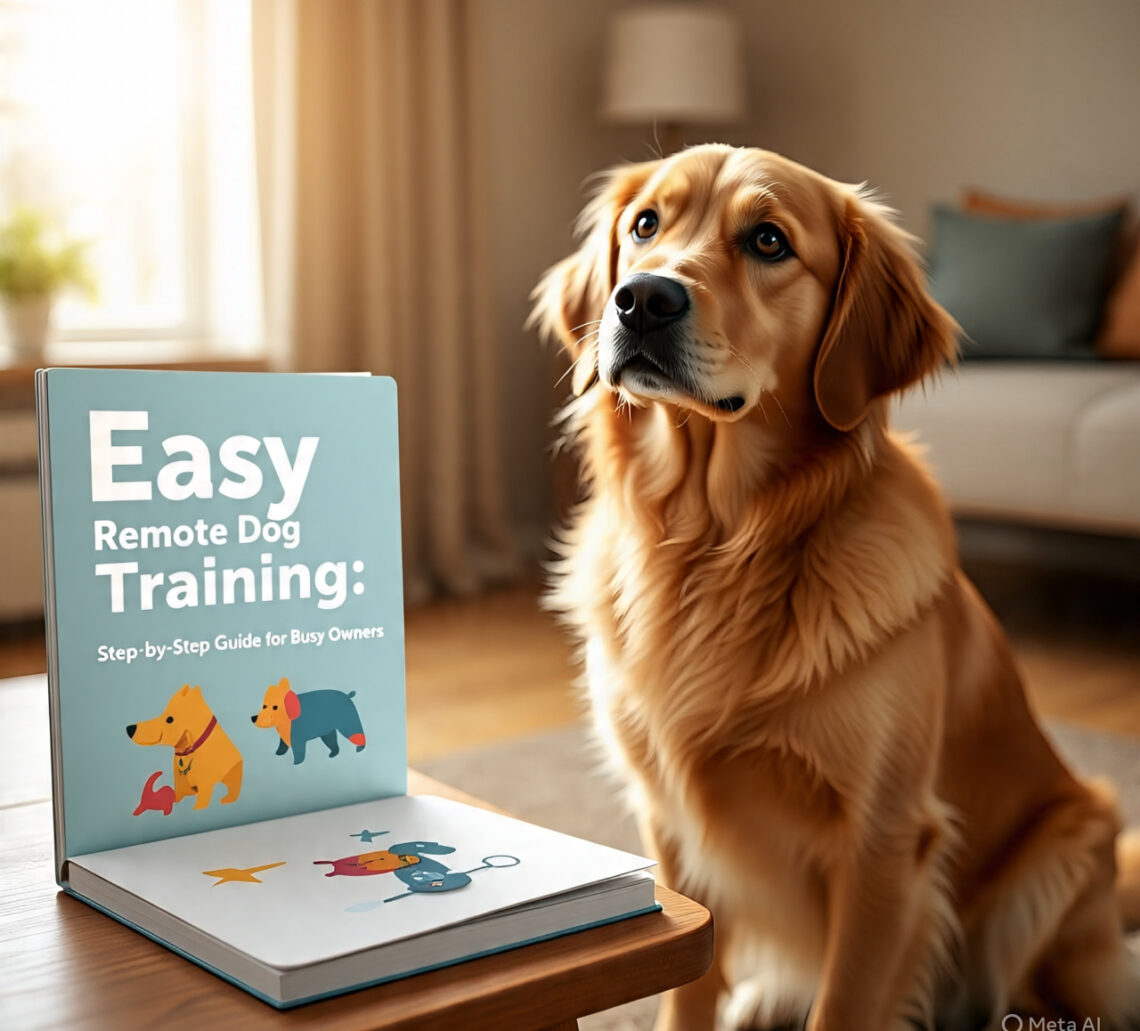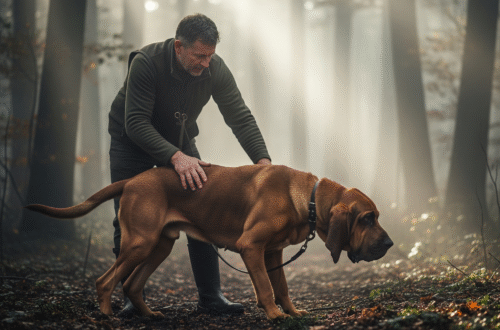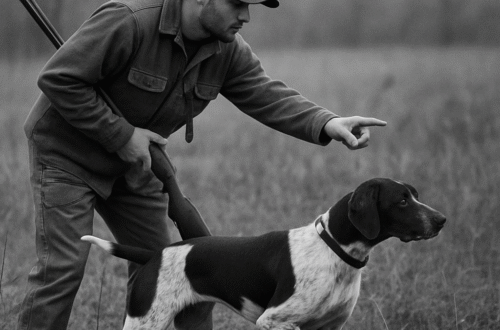Introduction to Remote Dog Training
Imagine being able to train your dog anytime, anywhere. No more juggling schedules or rushing to classes. Remote dog training is revolutionizing the way we connect with our furry friends and teach them essential skills. Whether you’re dealing with a stubborn pup or simply want to reinforce good behavior, remote training offers flexibility and convenience that traditional methods can’t match.
With advancements in technology, dog owners now have access to powerful tools like remote dog training collars that make it easier than ever to communicate effectively with their pets from a distance. This approach empowers you as a pet parent while building trust and understanding between you and your canine companion.
Benefits of Remote Dog Training
Remote dog training offers flexibility that traditional methods can’t match. You can train your dog at home, in the park, or anywhere you feel comfortable. This adaptability helps create a relaxed environment for both you and your pet.
Another advantage is accessibility to professional trainers. Many remote training programs provide expert guidance through video calls or online courses. This means you don’t have to travel far to get specialized help.

Cost-effectiveness also comes into play. Remote options often reduce expenses related to travel and facility fees associated with in-person classes.
Moreover, using a remote dog training collar allows for effective communication from a distance, reinforcing commands without needing to be right next to your pup. It’s an efficient way of establishing boundaries while maintaining control over your dog’s behavior wherever you are.
How Does Remote Dog Training Work?
Remote dog training utilizes technology to bridge the gap between trainers and pets. With various tools, pet owners can train their dogs from a distance.
At its core, it often involves using a remote dog training collar equipped with features like sound signals or vibrations. These collars allow you to communicate commands without being right next to your furry friend.
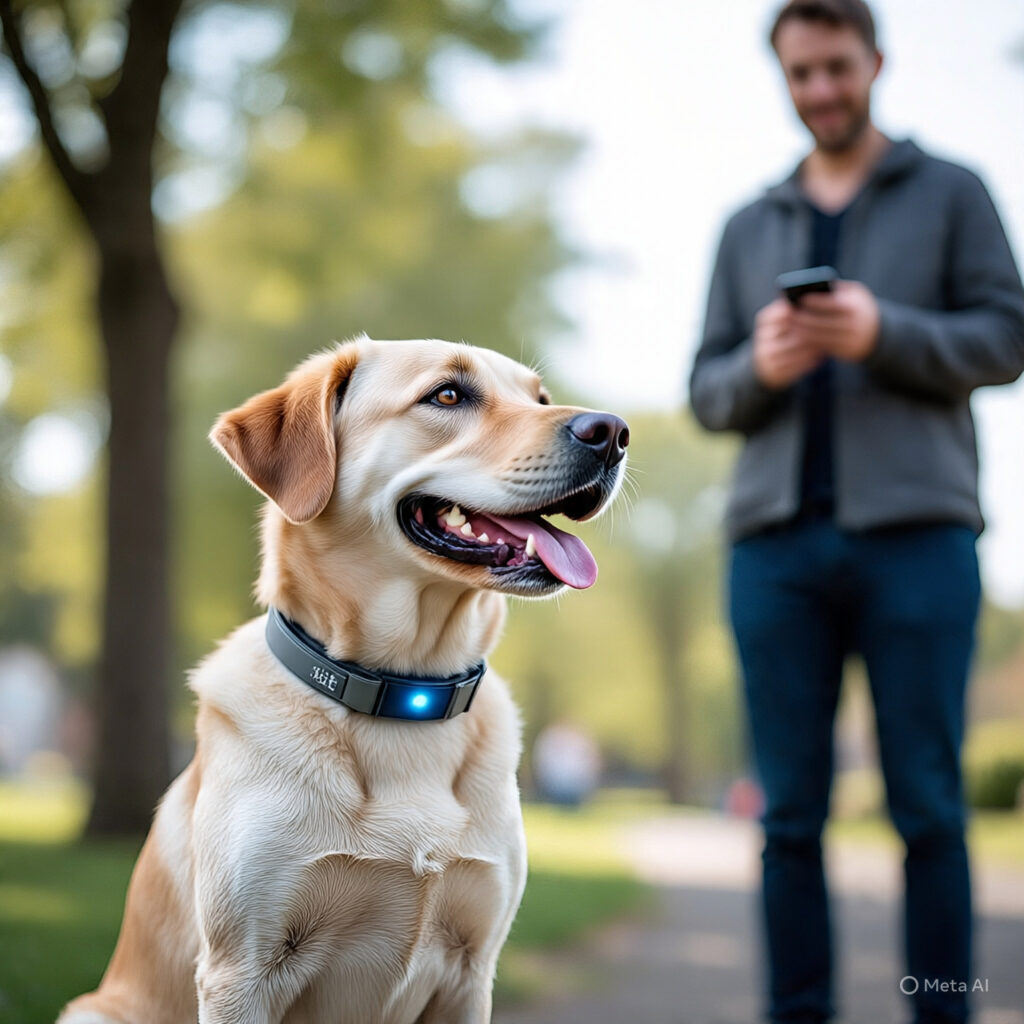
You start by establishing basic commands during initial sessions. Once your dog understands these cues, you can reinforce them using the collar from afar. This flexibility lets you work on obedience in real-world environments.
Many platforms offer video calls for personalized guidance and support too. Trainers provide tips tailored specifically for your dog’s needs while ensuring you’re both engaged in the process.
The combination of hands-on techniques and tech-driven solutions makes remote training effective for any busy pet owner looking to bond with their canine companion.
Top Tools and Technology for Remote Dog Training
When it comes to remote dog training, the right tools can make all the difference. A reliable remote dog training collar is essential for effective communication with your furry friend. Look for models that offer multiple levels of stimulation and vibration settings to suit your dog’s temperament.
Smartphone apps designed for training are another game-changer. These platforms often include pre-recorded commands, progress tracking, and reminders to keep you on schedule.

Interactive toys also play a role in remote learning. They engage dogs mentally while allowing owners to control activities from afar.
Video conferencing tools like Zoom or Skype can facilitate live sessions with professional trainers who guide you through specific challenges.
Wearable tech such as GPS trackers helps monitor activity levels and ensures safety during outdoor adventures. Each tool adds a unique dimension to enhancing the remote training experience for both owner and pet.
Step-by-Step Guide to Remote Dog Training
Start by choosing a quiet space for training. Distractions can hinder your dog’s focus, so find an area where they feel calm.
Next, gather your tools. A reliable remote dog training collar is essential. Look for one with adjustable settings that match your dog’s temperament.

Begin with basic commands like “sit” or “stay.” Use the collar to reinforce positive behavior gently. Always reward them with praise or treats when they respond correctly.
Keep sessions short and fun—about 10-15 minutes works best. Consistency is key; practice daily to build their understanding and confidence.
Monitor your dog’s reactions closely. If they’re hesitant or confused, adjust your approach accordingly. Patience will go a long way in building trust between you both.
As you progress, introduce new commands gradually, ensuring each step is mastered before moving on. This structured method creates a solid foundation for more advanced skills later on.
Tools for Remote Dog Training
One of the most effective ways to enhance remote training is through the use of technology. These tools can provide interactive and engaging ways to reinforce learning, making the training process more enjoyable for your dog. Here are some tools that can aid in your dog training journey:
1. Remote Training Collars
Example Brands: PetSafe, Dogtra
Features:
- Controlled via remote or app
- Includes tone, vibration, and static correction modes
- Range: up to ¾ mile or more
Best For:
- Off-leash training
- Recall commands
- Reducing unwanted behaviors like barking or jumping
2. Dog Cameras with Two-Way Audio
Example Brands: Furbo, Petcube, Eufy
Features:
- Real-time video streaming
- Microphone & speaker
- Treat dispenser (some models)
Best For:
- Monitoring behavior when away
- Correcting behavior instantly using voice
- Rewarding good behavior remotely
3. Dog Training Apps
Popular Apps: Dogo, Pupford, GoodPup
Features:
- Video lessons & step-by-step instructions
- Progress tracking
- Professional trainer support
Best For:
- DIY training plans
- Structured routines
- Remote coaching from certified trainers
4. Interactive Toys & Puzzle Feeders
Example Brands: KONG, Outward Hound, Nina Ottosson
Features:
- Mentally stimulating games
- Food-dispensing options
Best For:
- Reducing anxiety
- Keeping dogs engaged when alone
- Building patience and focus
5. Clickers & Sound Trainers
Features:
- Simple clicker sound
- Reinforces commands through positive reinforcement
Best For:
- Remote sessions when combined with video
- Marking correct behavior precisely
- Teaching basic obedience
6. Pre-Recorded Audio Cues
Tools: Bluetooth speakers or smart assistants (Alexa, Google Home)
Features:
- Custom-recorded commands or praise
- Timed or voice-activated playback
Best For:
- Dogs already trained to respond to voice cues
- Keeping routines when you’re not home
7. Virtual Dog Trainers
Services: Zoom, GoodPup, SpiritDog Training
Features:
- 1-on-1 coaching from certified trainers
- Behavior assessment and live feedback
- Personalized training plans
Best For:
- Remote behavior correction
- Guidance on complex issues
- Training support from professionals
Common Challenges and Solutions
Remote dog training can come with its own set of challenges. One common issue is maintaining your dog’s focus during virtual sessions. Distractions at home or in the environment can easily divert their attention.
To tackle this, create a dedicated training space with minimal distractions. Use high-value treats to keep your dog engaged and motivated throughout the session.

Another challenge is understanding how to effectively use a remote dog training collar. Many users feel overwhelmed by the settings and options available on these devices.
Start with basic functions before progressing to advanced features. Familiarize yourself with the collar’s manual, and don’t hesitate to reach out for support if needed.
Some owners may struggle with consistency in their practice routines. Schedule regular training times each week, making it part of your daily routine for better success rates.
Summary Table
| Tool Type | Best Use | Example |
| Remote Collar | Off-leash training, Recall | Dogtra |
| Dog Camera | Monitoring & Voice Correction | Forba |
| Training App | Guided Programs | Dogo |
| Puzzle Toy | Mental Stimulation | Kong |
| Clicker | Reinforcement Training | PetSafe |
| Audio Cues | Consistency in Voice Commands | Alexa |
| Virtual Trainer | Personalized Remote Sessions | Goodpup |
Success Stories from Remote Dog Training Users
Many pet owners have discovered the power of remote dog training, sharing heartwarming success stories along the way. One user reported a dramatic change in their dog’s behavior after just a few sessions using a remote dog training collar. The once-skittish pup transformed into a confident companion.
Another family faced challenges with their energetic Labrador. With consistent use of the training collar, they were able to improve his recall and reduce excessive barking. Their daily walks became more enjoyable and stress-free.
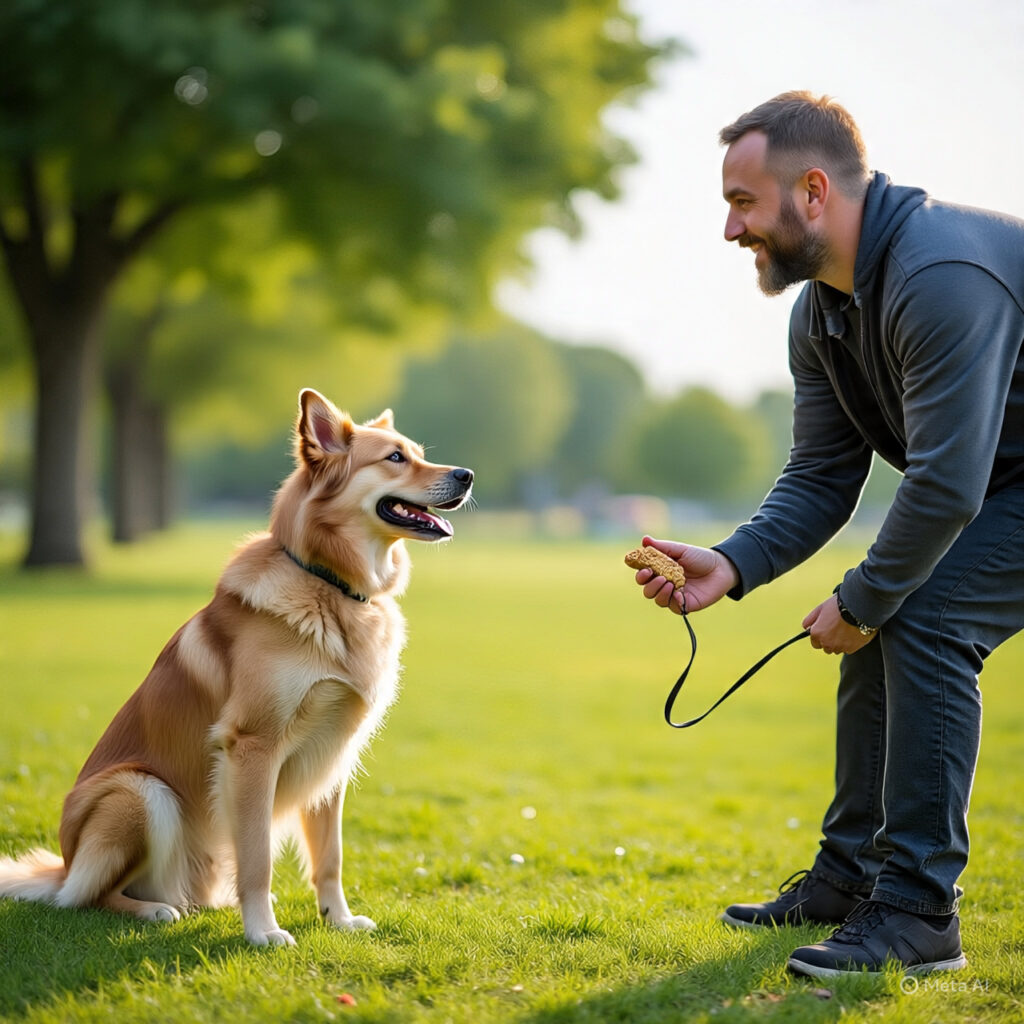
A rescue dog named Bella made remarkable progress too. Her new owner used positive reinforcement techniques combined with remote tools to help her overcome anxiety issues. Now, Bella happily greets visitors instead of hiding away.
These stories highlight how effective remote dog training can be for various breeds and challenges. Each account reflects the unique bond that develops when owners invest time into understanding and guiding their furry friends effectively through innovative methods.
Does remote dog training work?
Remote dog training has emerged as a fascinating alternative to traditional methods, using technology to bridge the gap between trainers and pets. With the help of video calls, interactive apps, and digital resources, owners can effectively teach their furry companions commands and behavior modifications from afar.
This innovative approach not only fosters a deeper bond between dog and owner but also empowers pet parents with the skills needed to address specific issues in real-time, all while allowing dogs to remain comfortable in their own environment.
How to teach a dog to get remote?
To master the art of remote dog training, start by choosing a lightweight and colorful remote that captures your dog’s attention, making it an intriguing target. Begin with basic commands like “fetch” or “bring,” using enthusiastic praise and enticing treats to reinforce positive behavior as you toss the remote across the room.
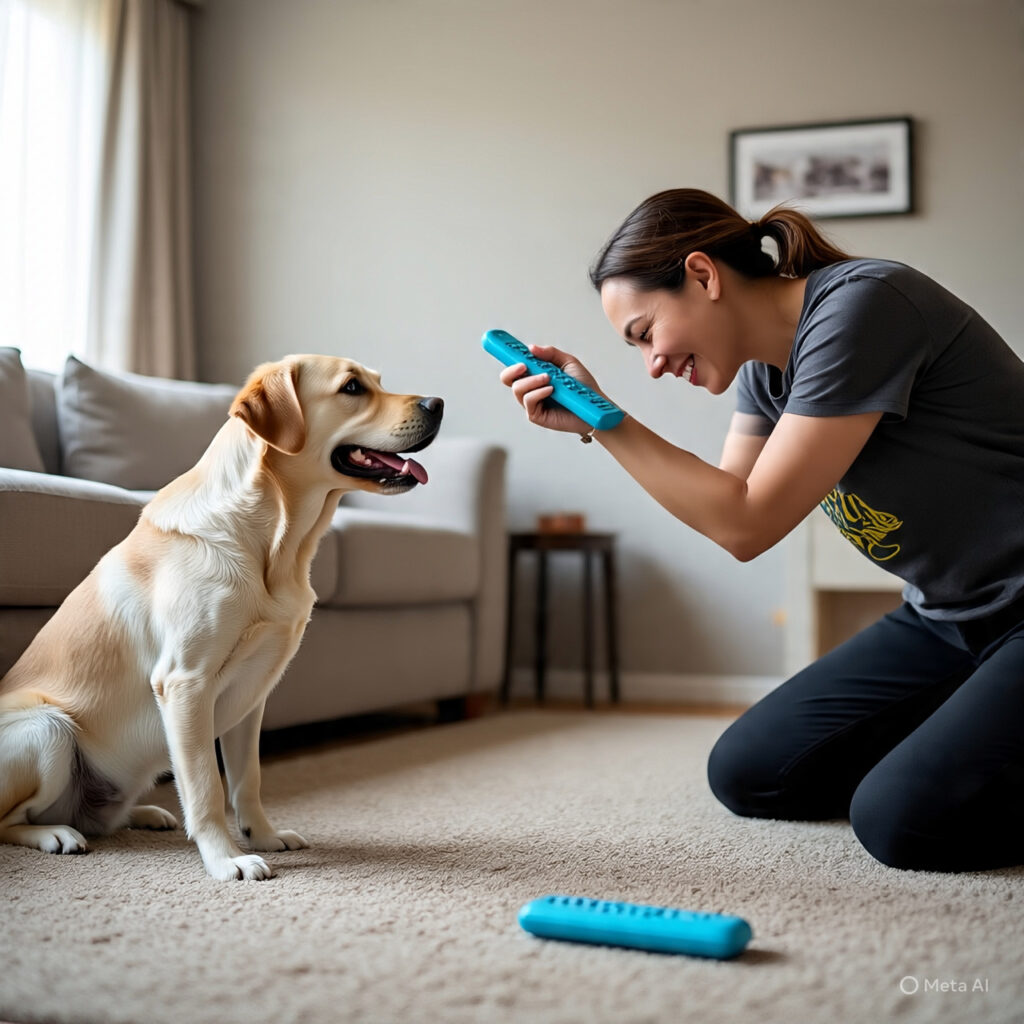
Gradually increase the distance while ensuring your pup understands that retrieving the elusive gadget is not just a game but a rewarding task, transforming them into your very own canine assistant who eagerly dashes for that coveted clicker at your command!
Conclusion: Why You Should Consider Remote Dog Training for Your Furry Friend
When it comes to training your furry friend, remote dog training offers a fresh and flexible approach. The convenience of being able to train from anywhere allows you to integrate lessons into daily life seamlessly. Whether you’re at home or out for a walk, this method encourages consistent practice.
The benefits extend beyond just flexibility. Remote dog training can also foster stronger bonds between you and your pet as you work together toward common goals. With the right tools—like a reliable remote dog training collar—you can communicate effectively and reinforce positive behaviors without constant supervision.
Challenges like distractions in public spaces are easier to manage when using technology designed for remote communication. Plus, the variety of resources available online makes mastering techniques accessible for everyone.
Success stories abound from users who have transformed their dogs’ behavior through this method, proving that with commitment and the right guidance, anything is possible.
Choosing remote dog training opens up new possibilities not only for effective teaching but also for deeper connections with your four-legged companion. It’s time to explore how this innovative approach can enhance both your lives while making learning fun!

